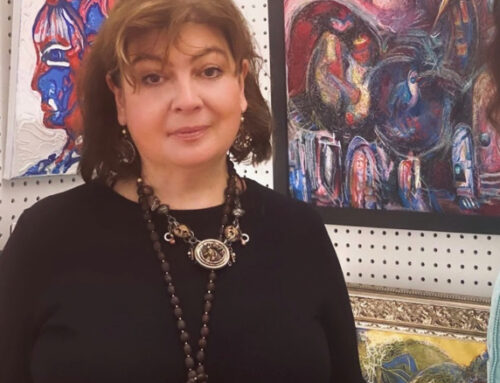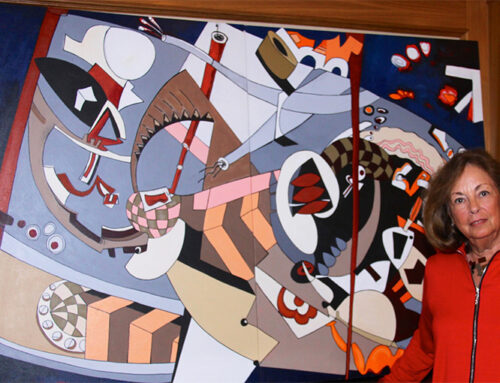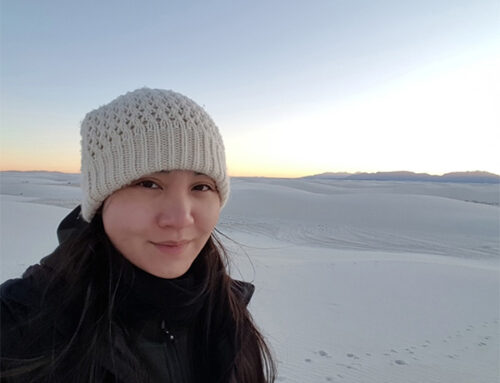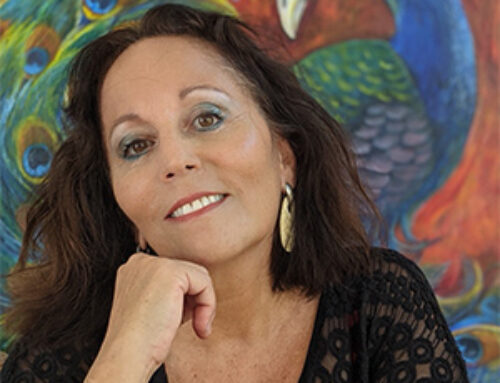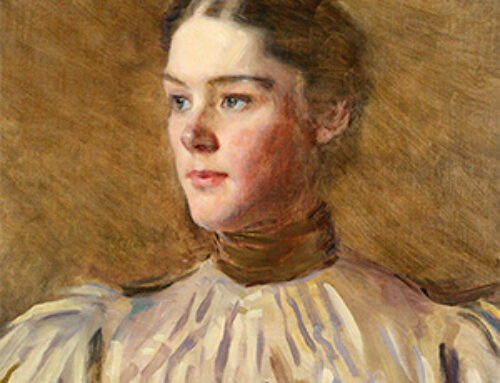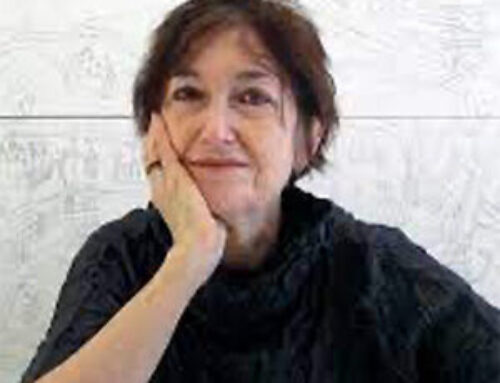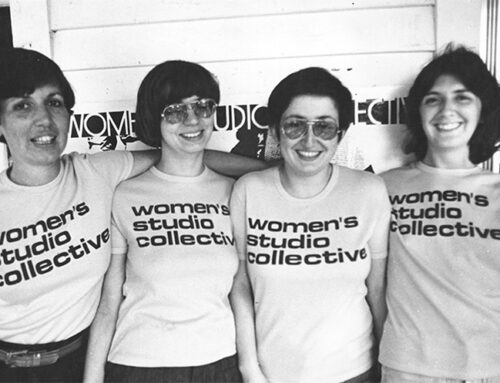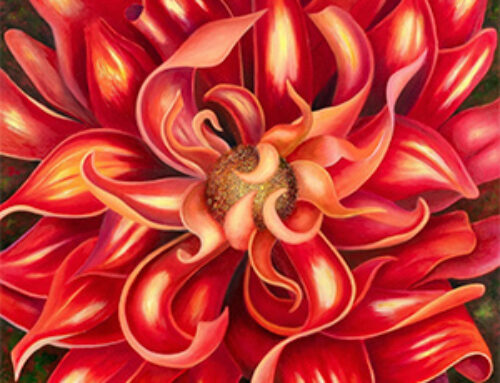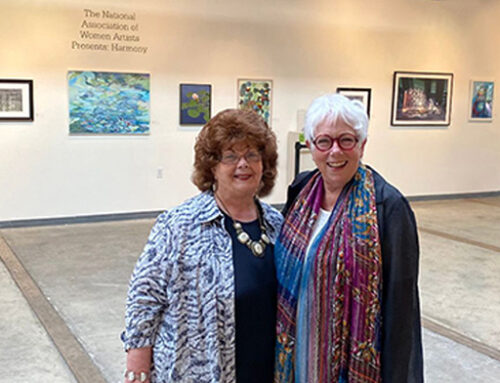To Live is to Paint:
Wilhelmina Weber Furlong, Dorothy Dehner and American Modernism
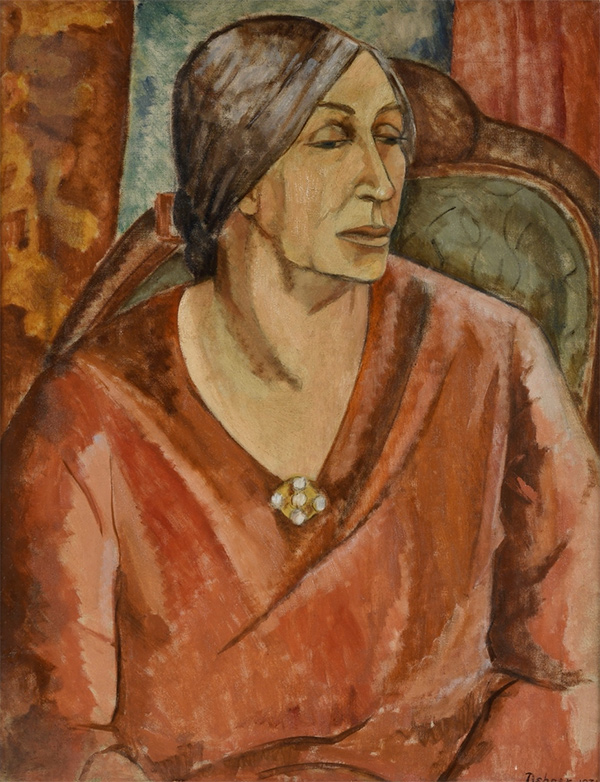
Dorothy Dehner, Portrait of Wilhelmina Weber Furlong, 1931, Oil on canvas, 28 in. x 22 in.
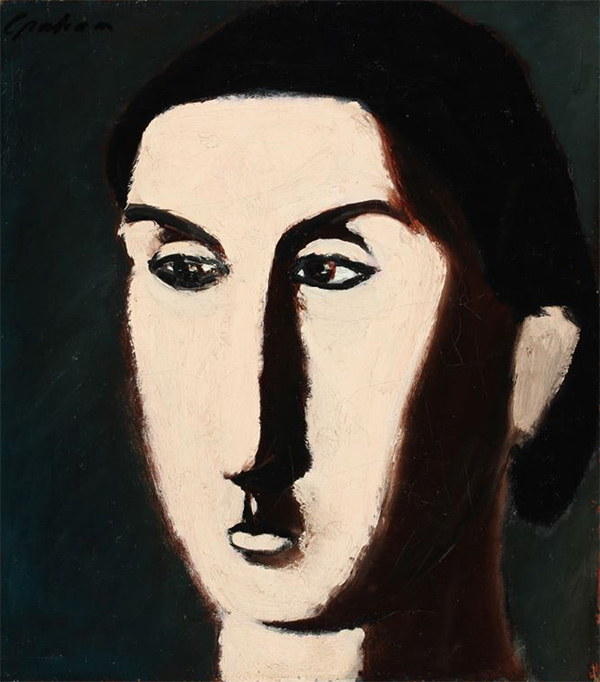
John Graham, Portrait of Wilhelmina, ca. 1921, Oil on canvas, 21 in. x 19 in., Weber Furlong Foundation
At the Art Students League’s Phyllis Harriman Mason Gallery
July 21 – August 23, 2022
Often it happens the single career of a particular artist is overshadowed by the times and circumstances of life itself. That could be said of post-impressionist painter Wilhelmina Weber Furlong (1878-1962) and Modernist painter and sculptor Dorothy Dehner (1901-1994). What happened instead for these two enormously talented women and long-time friends was a synergy of creative work that still stands as a testament to modernism and abstraction today.
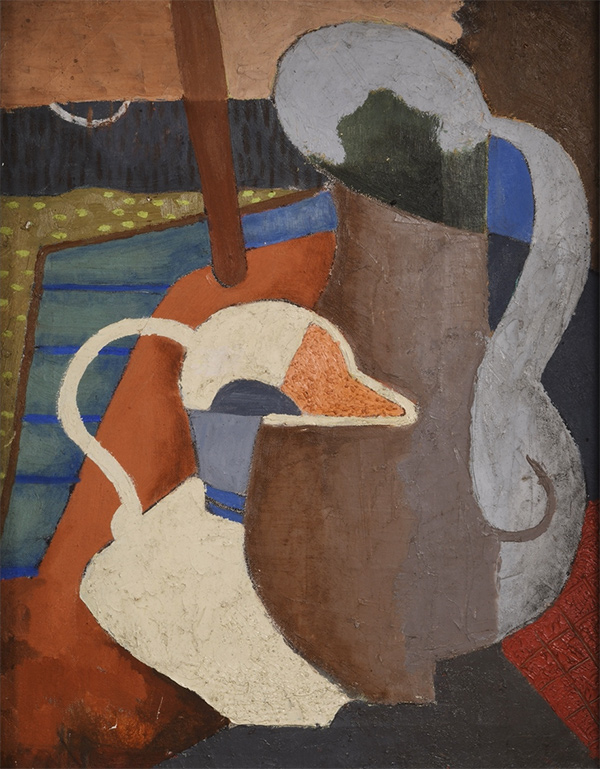
Dorothy Dehner, Virgin Island Still Life, 1932, Oil on canvas, 18 in. x 24 in.
Congratulations to Curator Jillian Russo and the Art Students League for a beautiful exhibition that highlights not only the vision of these two artists but others in their circle. It was through such associations and brave leaps, that abstraction began to percolate and change the way we look at art today.
Furlong and Dehner met at ASL in 1925 and found an instant commonality of interests. Though Furlong was a board member and more than twenty years Dehner’s senior, and Dehner was a student of Czech-American painter Jan Matulka, they had both traveled extensively in Europe, enraptured by Cubism, Fauvism, Constructivism and all the other “isms” that convinced them to plant both feet in an ever-changing future. Furlong and her husband Tomas (whom she had met while working in Mexico City as a translator for President Porfirio Diaz) mentored Dehner and others, hosting them at their Golden Heart retreat at Lake George. Dehner’s early marriage to artist David Smith was a partnership that lasted until 1950, when she left that bucolic natural world for good. We know that Dehner joined the National Association of Women Artists in 1960, expanding her circle of friends and associates. The influences from her Lake George years held and the watercolors on display are a testament to her multiple talents, whatever the medium.
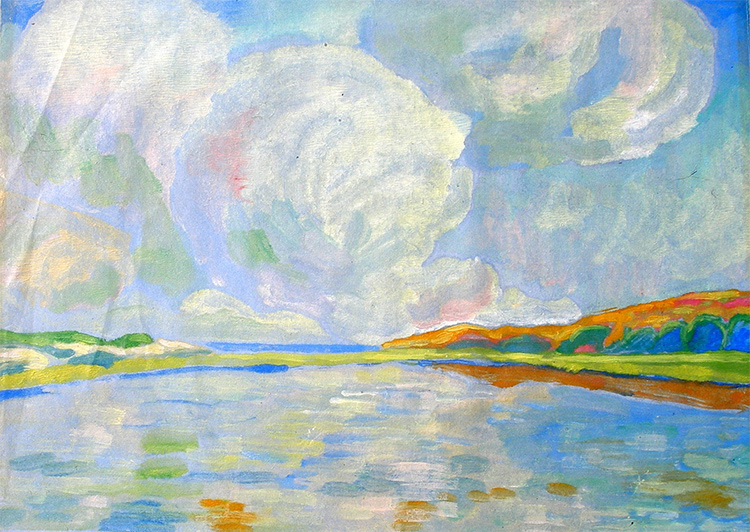
Wilhelmina Weber Furlong, Lake George, ca. 1921-1927, Monotype, 13 in. x 20 in.
A mastery of technique is present in both Dehner’s paintings and sculptures. Her portrait of Furlong from 1931 is a solemn, almost reverential study with the muted planes reminiscent of Cezanne’s subjects. While John Graham’s portrait of Furlong with charcoal tones is starkly minimalist, all the more powerful for its simplicity. Graham is not the only standout in this circle of friends. ASL instructors Jan Matulka and Vaclav Vytacil are represented in bold cubistic works, as is David Smith in his Table Top Still Life. Furlong’s experimentation with distorted perspective is also on display in St. Swithin’s Tool House. The Ostrich Egg made me wonder if Furlong wasn’t channeling the spirit of Georges Braque!
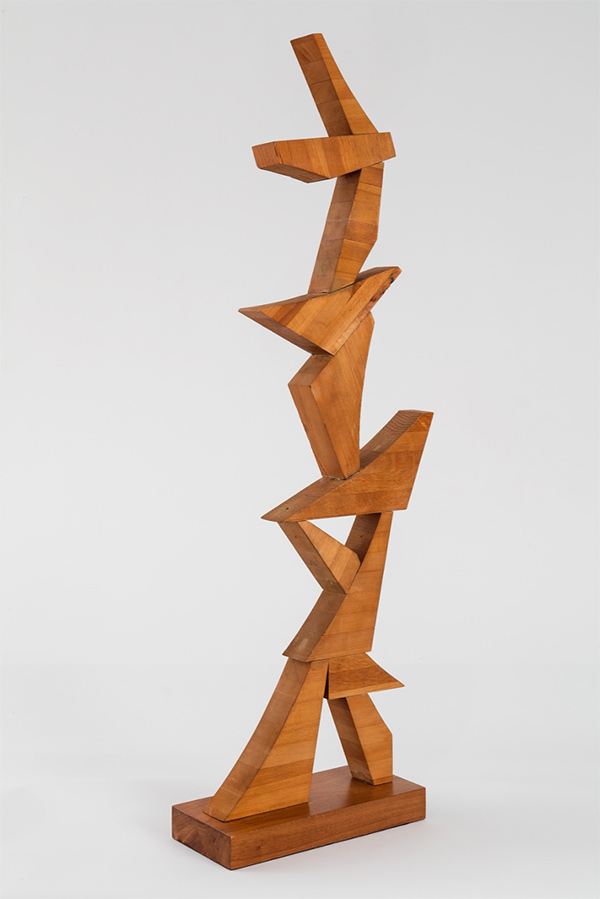
Dorothy Dehner, Big Rooster, c. 1974, Wood, 36.25 in. x 11 x 5 in.
Dehner’s sculptures from the 1970s are given ample space. Could it be that after her separation from Smith, her wood constructions took flight? There is little doubt that working in the shadow of Smith’s own renown slowed her own rightful recognition. It wasn’t until her retrospective at the Jewish Museum in 1965 that overdue attention was paid to this artist.
The Art Students League has produced a handsome catalog to accompany this exhibition. But their finest achievement is in shining light on these two impressive artists and their movement. Thanks to their efforts, they will not be forgotten.



